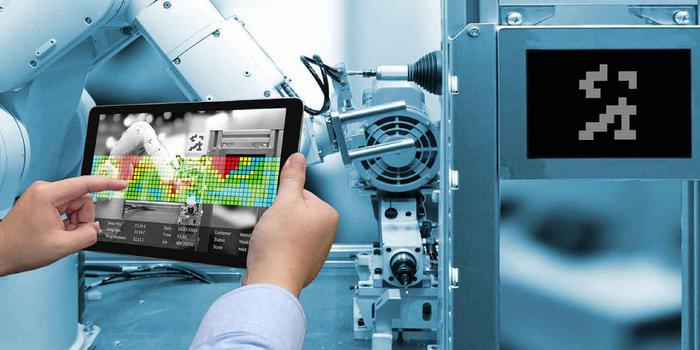94% of Food Packaging Operations Use Robotics

The food manufacturing industry is expected to grow at 4.2% annually, reaching a value of about $31.5 billion by 2020, according to BCC Research, which sheds light on a big shift in the way these companies operate. As the industry grows, more and more companies are utilizing advanced technologies like automation to enhance performance.
In fact, 94% of food packaging operations are using robotics already, according to a survey from the Association for Packaging and Processing Technologies. Additionally, half the surveyed companies reported they plan to increase their level of automation over the next three to five years.
Why Automation Is Becoming the New Normal
It is easy to see why automation is becoming the new normal in the food manufacturing industry, as food manufacturers are busier than ever with increased product demand. According to the 2016 State of Manufacturing survey, food and beverage processors resoundingly cite rising sales and new products, followed by increased consumer demand, as what’s pushing their efforts to grow their businesses. And with the rise of automation comes a lot of other perks for food manufacturers.
Benefits of Automation in Food Manufacturing
Food Safety and Quality Control
According to Fortune, food contamination costs the food industry $55 billion and makes 48 million Americans ill every year. Therefore, one of the biggest perks to automation in the food manufacturing industry is that it helps not only manufacturers but also consumers in terms of food safety and quality control.
Automation helps control quality and promote food safety in the following ways:
- Identify defects earlier — Automation can help food manufacturers identify product issues much earlier in the supply chain, preventing these goods from entering the market.
- Prevent contamination — Automation can help prevent food contamination by helping food manufacturers hone in on problem areas in the supply chain.
- Improve traceability — Automation and analytics tools can be deployed to track products and goods from inception to fulfillment.
- Worker Safety
Over the last 30 years, there have only been 27 robot-related workplace deaths according to OSHA incident reports. That is a relatively low number compared with the 4,585 overall fatalities recorded by the U.S. Bureau of Labor Statistics during this time period.
Machines and automation can take the place of monotonous and dangerous jobs. In addition to the role automation plays in the manufacturing process and functional operations, automation also improves worker safety by providing faster emergency response time through real-time monitoring.
Cost-Cutting
On average, businesses spend about $170 billion a year on injury and illnesses, according to the U.S. Department of Labor’s Occupational Safety and Health Administration. The Department of Labor also states that companies can reduce these costs by 20% to 40%, simply by improving safety procedures. Worker safety, therefore, translates to more than just fewer accidents for food manufacturers — it also means reduced costs and happier, more efficient workers.
Automation can also save on operations and maintenance costs in the food manufacturing industry. For example, when new standards or regulations are introduced, manufacturers can simply update the existing hardware and software to be compliant and save the trouble of maintaining everything else.

.gif)



